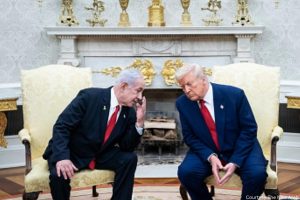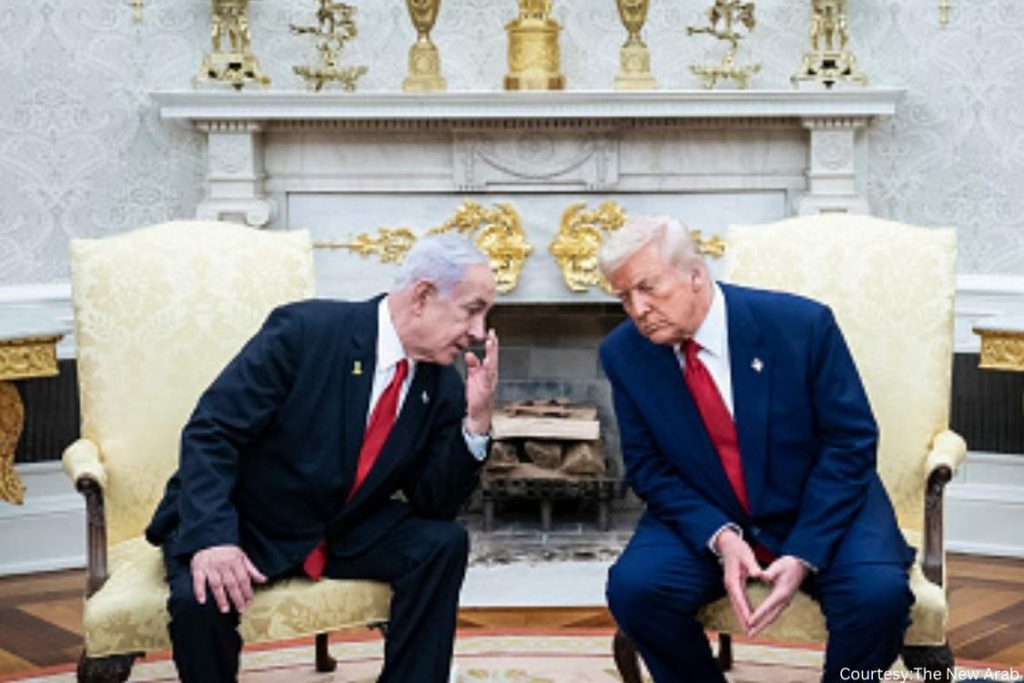WASHINGTON: Former U.S. President Donald Trump and Israeli Prime Minister Benjamin Netanyahu have reportedly reached an understanding on a plan to bring the ongoing Gaza war to a conclusion within the next two weeks, according to Israeli media reports.
The proposed arrangement is said to have emerged following a U.S.-brokered ceasefire between Israel and Iran, and aims to transition the conflict into a diplomatic resolution with broader regional implications.
Key Elements of the Plan
- Two-Week Truce Timeline: The agreement targets a formal ceasefire in Gaza within a fortnight, marking a shift from military operations to transitional governance.
- Arab State Involvement: Four Arab nations—reportedly including Egypt and the United Arab Emirates—would take on administrative roles in Gaza during the post-war phase. The plan also proposes the exile of Hamas leadership and the release of hostages held by Israel.
- Diplomatic Expansion: The initiative may be tied to a broader expansion of the Abraham Accords, potentially bringing countries like Saudi Arabia and Syria into new regional alignments. In return, Israel may pledge conditional support for a two-state solution, while the United States could consider recognising limited Israeli sovereignty over parts of the occupied West Bank.
Political Challenges
The proposed framework faces significant internal opposition within Israel, particularly from far-right cabinet members who object to Palestinian Authority involvement and any compromise on territorial matters. Meanwhile, Arab states have conditioned their participation on the inclusion of the Palestinian Authority in Gaza’s post-conflict administration—an option that Prime Minister Netanyahu is reluctant to accept.
Strategic Context
The agreement follows de-escalation in the Iran-Israel conflict, opening a diplomatic window to address the Gaza crisis. Analysts suggest that this proposal, if executed, could redefine Middle East diplomacy, linking Gaza’s recovery to broader regional normalisation efforts.
While official confirmation from both governments is awaited, diplomatic sources indicate that negotiations are ongoing, with U.S. officials playing a central role in backchannel communications between all parties involved.
This story has been reported by PakTribune. All rights reserved.



